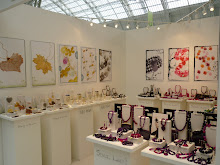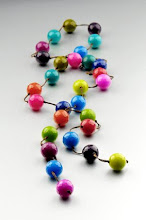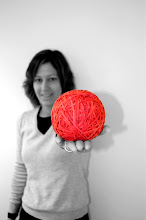Many of you will have been hearing about the rise in silver recently. It was a topic of hot debate at the Spring Fair and continues to be among the jewellery industry.
When we produced our catalogues last year in August 2010 silver was around $18 oz. Today silver is almost $35 and we’re sorry to report that only the natural disasters around the world such as the Tsunami in Japan are keeping it at this price. It is generally expected to increase further.
We had hoped to be able to maintain our prices until the Spring, mindful of the current economic situation, but unfortunately we are no longer able to absorb this doubling of our raw materials cost. With regret we have to raise our prices.
This will be effective from Monday 21st March.
While this price rise isn’t a blanket increase across the collections, it affects some collections more than others. Obviously the more silver is in a collection, or the heavier the jewellery item, the more it will be affected.
Material components, such as stones have also risen in cost dramatically, even since the beginning of this year, so stone item prices have also regrettably had to be raised.
For an updated price list for our catalogues please call us on 08452 600 925
As you can see from the silver charts below, from last year and this year, silver has been steadily increasing. You can follow the world silver prices at www.kitco.com if you’re interested in the situation
In case you’re curious about the silver situation, we’ve put together some information on the background to the price increase. If you have any questions regarding the situation please do call us on 08452 600 925
Silver price rises : Background information
Precious metals, and particularly silver, are the most undervalued of all the commodities. Silver is currently trading at around $34-$36 per oz.
Basic reasons for this are continuing and increasing global macroeconomic and geopolitical risks, silver’s historic role as money and an storable commodity of value, the declining and very small supply of silver, significant industrial demand and most importantly significant and increasing investment demand.
Historically silver and gold were used in making currency, and were considered a safe investment. This is because they are not simply commodities but also currencies which cannot be debased like our modern paper and electronic currencies. Most countries in the world used silver for smaller denomination coins in the 19th Century and through the 20th Century up until the 1950’s, 1960’s and 1970’s when currencies were gradually debased.
Silver supply is shrinking. The supply of silver is inelastic. Silver production will not increase significantly if the silver price goes up. This is because silver is often mined as a by product of other minerals with only a handful of pure silver mines remaining.
Silver is in such an accelerated demand cycle because it has a number of unique properties including its strength, malleability and ductility. It has unparalleled electrical and thermal conductivity, sensitivity to and a high reflectance of light and the ability to endure extreme temperature ranges.
Industrial applications for silver are widespread. Silver is used in film, mirrors, batteries, medical devices, electrical appliances such as fridges, toasters, washing machines and uses have now expanded to include cell phones, flat-screen televisions and many other modern high tech devices.
Silver has many medical applications. Increasingly, wound dressings and other products incorporate a layer of fabric containing silver for prevention of secondary infections. Surgical gowns and draperies also include silver to prevent microbial transmission. Other medical products containing silver are catheters and stethoscope diaphragms.
Silver has many unique properties which make it essential in global industry – especially in the global photography, technology, medical, defence and electronic industries.
Investment demand for silver has also been rising rapidly the past few years with investors guarding themselves against rising inflation, possible currency devaluations and geopolitical and macroeconomic risk. But, silver is a finite resource, it is not recycled in the way that gold for example is, and the supply of silver is only increasing incrementally
Silver is unique in terms of being both a monetary and an industrial metal and having the highest optical reflectivity and the highest thermal and electrical conductivity amongst all metals. Silver industrial and investment demand is increasing very significantly and meanwhile supply is falling.
Sorry there's no good news to end on....
skip to main |
skip to sidebar

Blowing in the wind, launch at NEC Autumn Fair

Backwards in high heels

Balagan owner recruited by Sage Business Experts Programme
Cyberlyly monochrome script bangles just arrived !
Blowing in the wind, launch at NEC Autumn Fair

Blowing in the wind, launch at NEC Autumn Fair
Backwards in high heels

Backwards in high heels
Followers
About Me

- BalaganAdmin
- The Balagan Group are creative and energetic designers of high fashion branded jewellery collections that provide self-expression, confidence and fun for the wearer. With over 1,800 stockists throughout the UK and overseas. We're leaders in the high fashion jewellery sector and we we're working harder than ever to deliver to our customers...!































































.png)





























.jpg)
.jpg)



.jpg)








